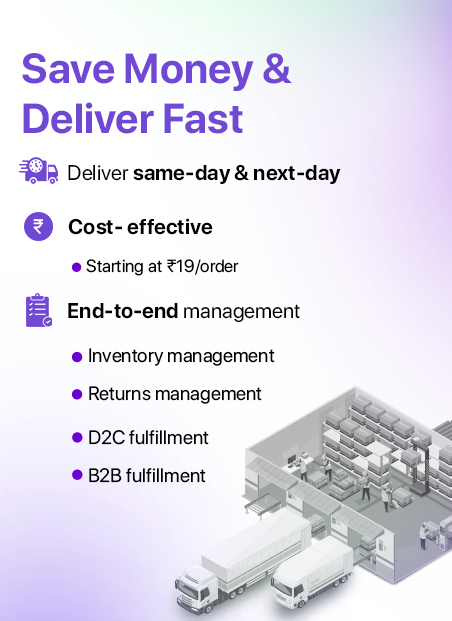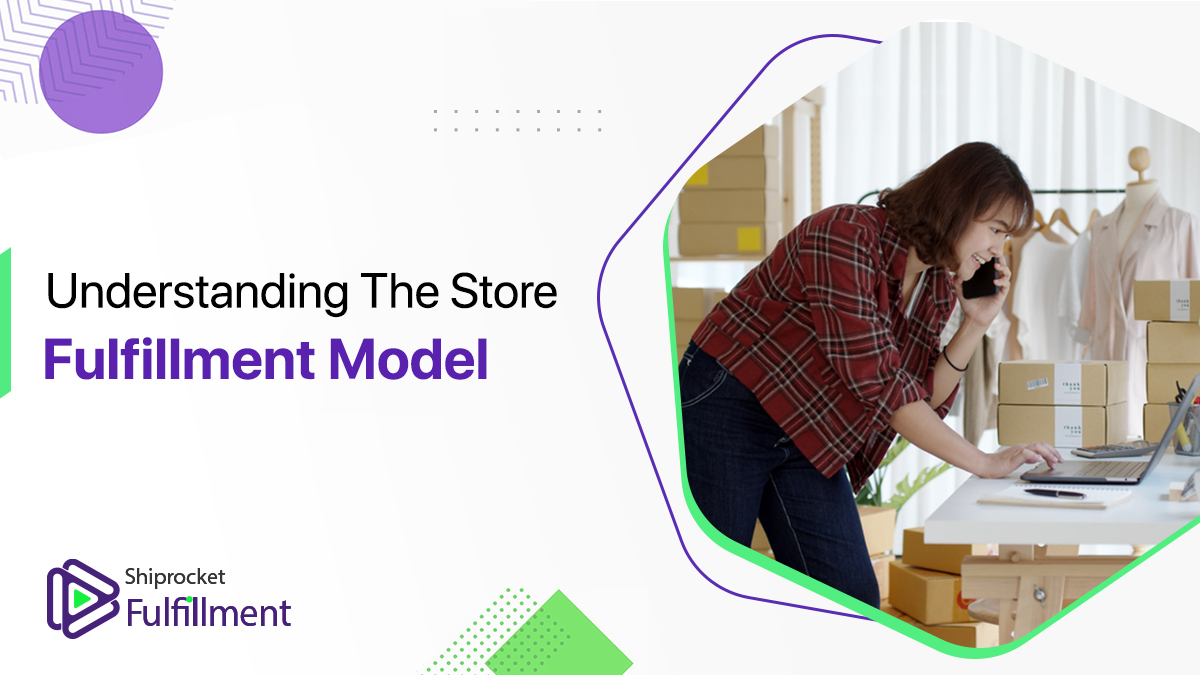
Store Fulfillment Model: How It is Useful?
After the Covid-19 pandemic and multiple lockdowns, many businesses came to a standstill because of a lack of supply chain continuity....
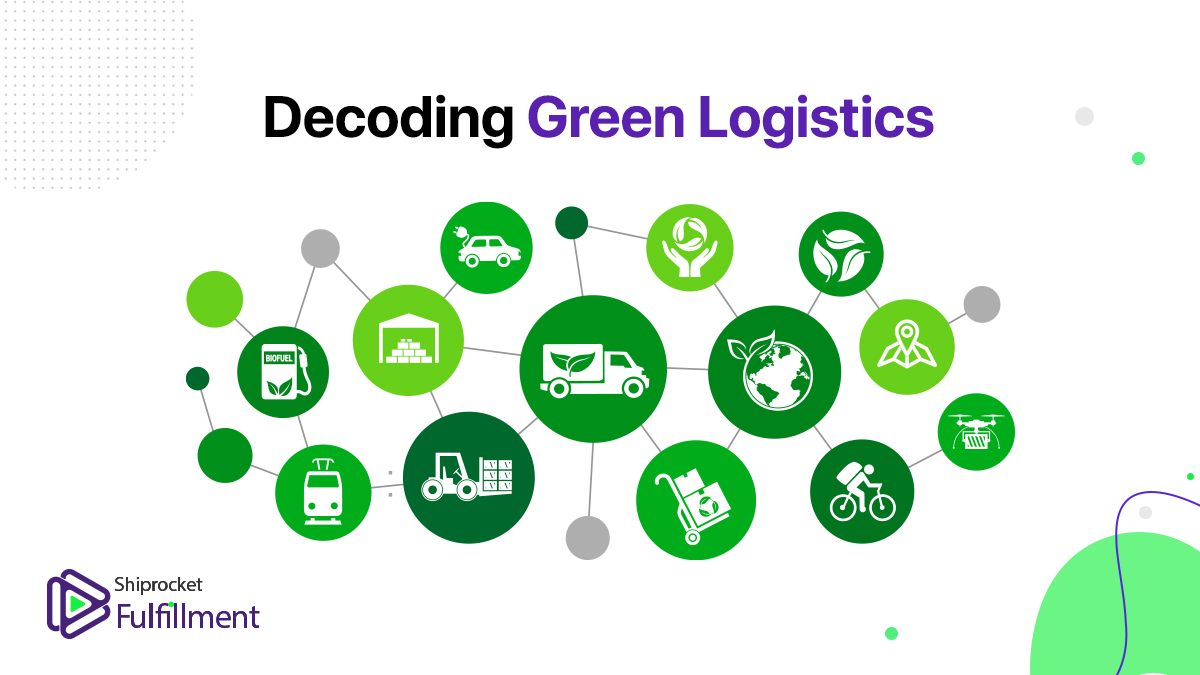
Bringing To Light The Concept of Green Logistics
According to an IBM Research Insights report, 57% of consumers are willing to change their eCommerce purchasing habits to help reduce...
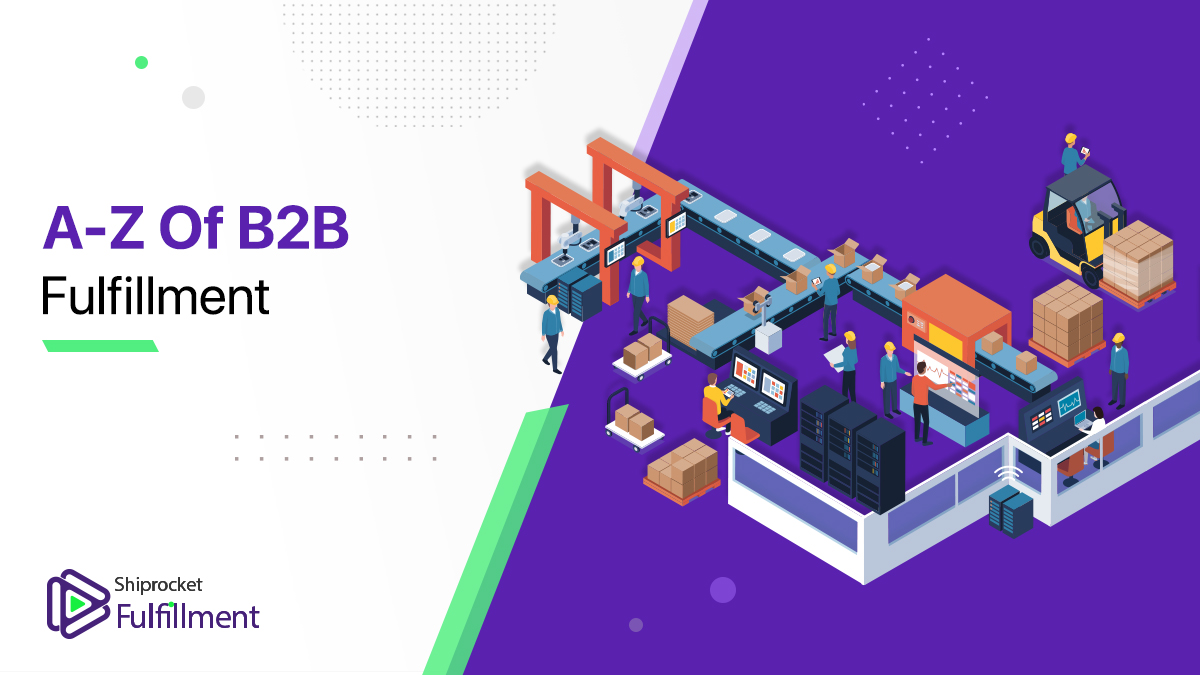
B2B Fulfillment & Shipping: Things to Look In A Service Provider
When it comes to eCommerce, businesses can be business to customer(B2C) or business to business (B2B). You need to be aware...

How To Deal With Delivery Exceptions In eCommerce Fulfillment?
Delivering orders on time is one of the most critical aspects of your eCommerce fulfillment supply chain. You need to ensure...
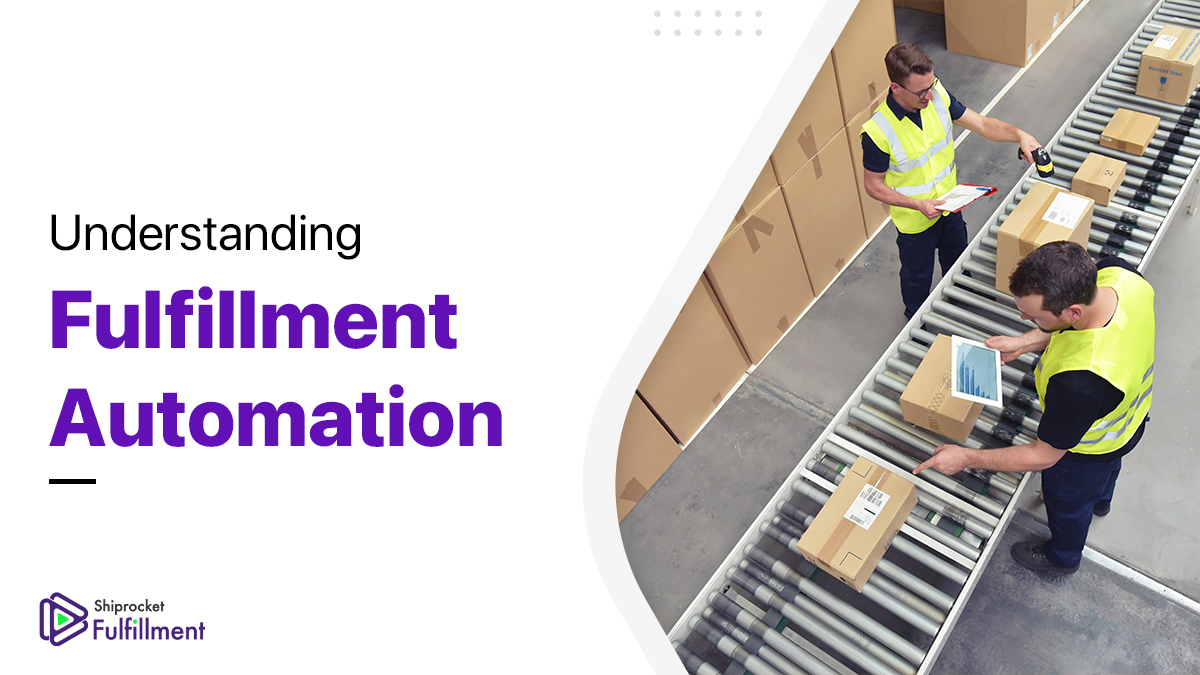
What is eCommerce Fulfillment Automation & Why You Must Opt For It?
Order fulfillment is one of the most integral aspects of your eCommerce supply chain. However, it can be one of the...
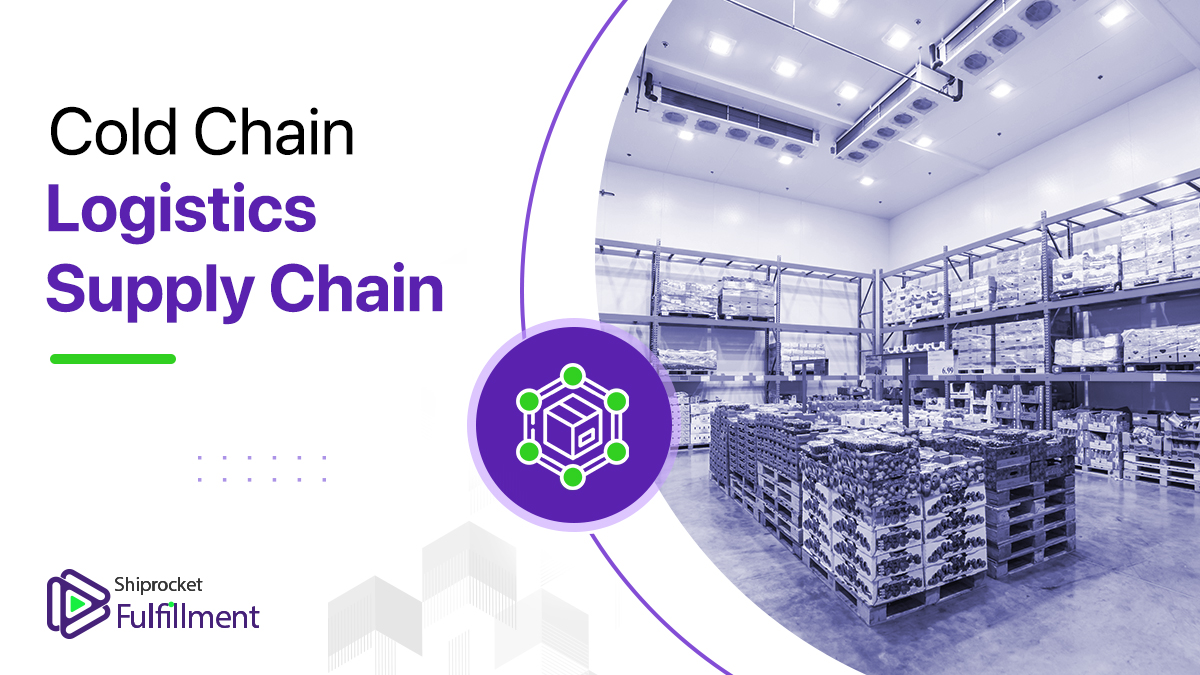
A Closer Look At Cold Chain Logistics Supply Chain
India is a country with diverse climates. In a few country regions, the temperatures can go as high as 45°c in...
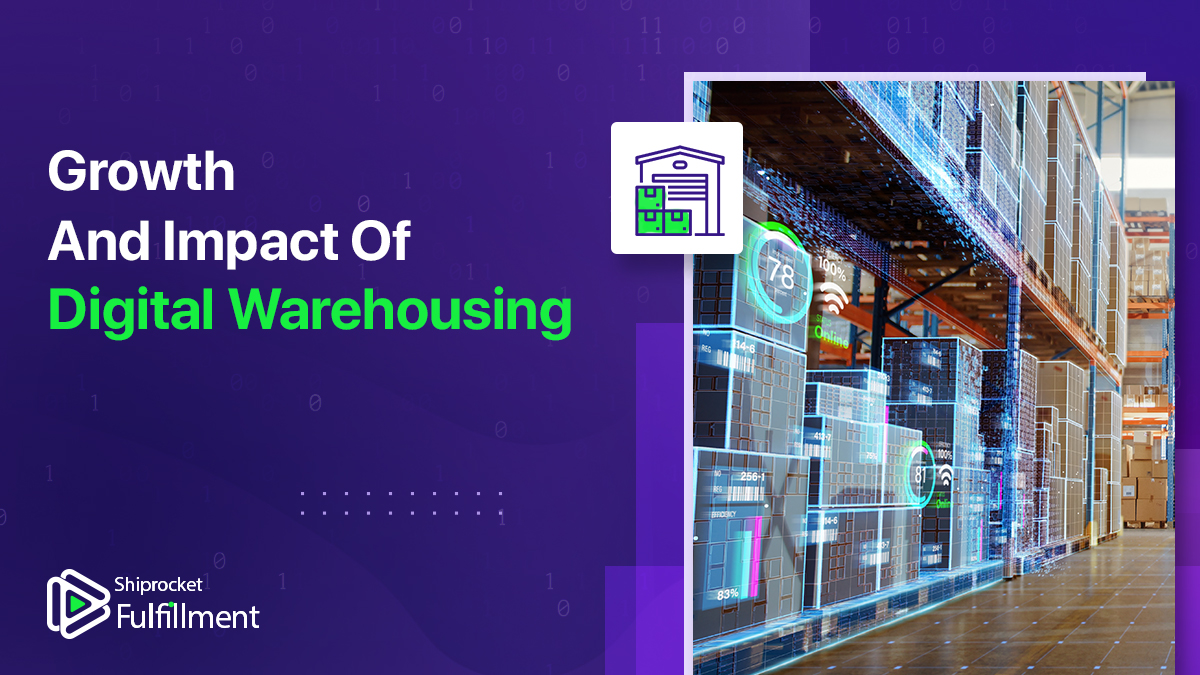
Understanding the Growth and Impact of Digital Warehousing
The concept of warehousing has evolved tremendously over the past few years. Especially after authorities imposed several lockdowns due to COVID-19,...
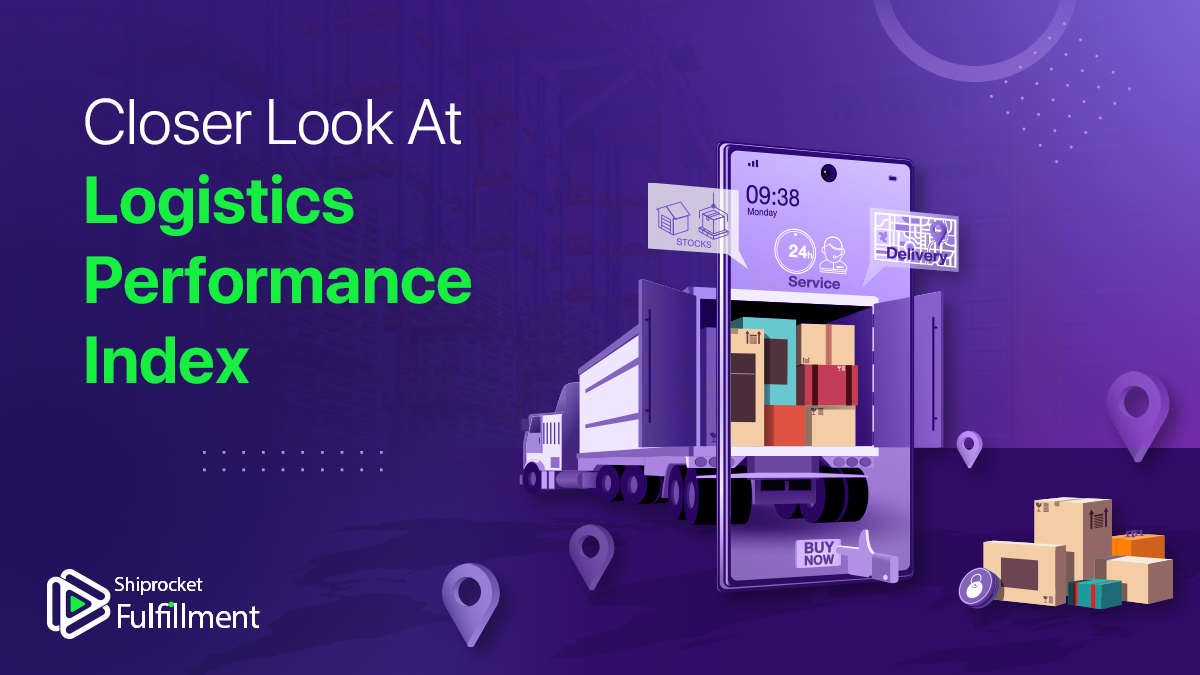
The Logistics Performance Index And Its Relevance For India
Logistics plays an integral role in global trade and domestic commerce. If a country’s logistics are not strong, there are chances...
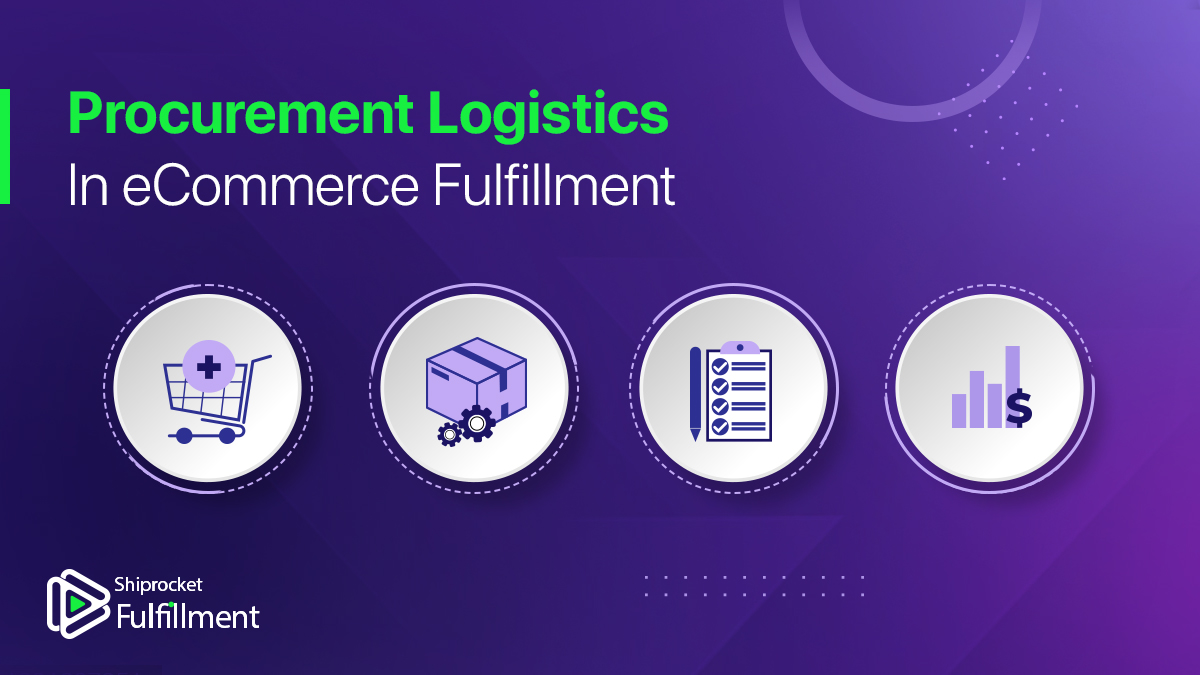
Beginner’s Guide To Procurement Logistics [Infographic]
When we talk about eCommerce fulfillment, reducing the lead time is a significant pain point for most sellers. However, the steps...

What Is Distribution Logistics In eCommerce Fulfillment?
Setting up a defined physical distribution process can be difficult if you don’t consider the extensive operations of supply chain management...
Subscribe to
Shiprocket newsletter
Get a callback from our expert within minutes

